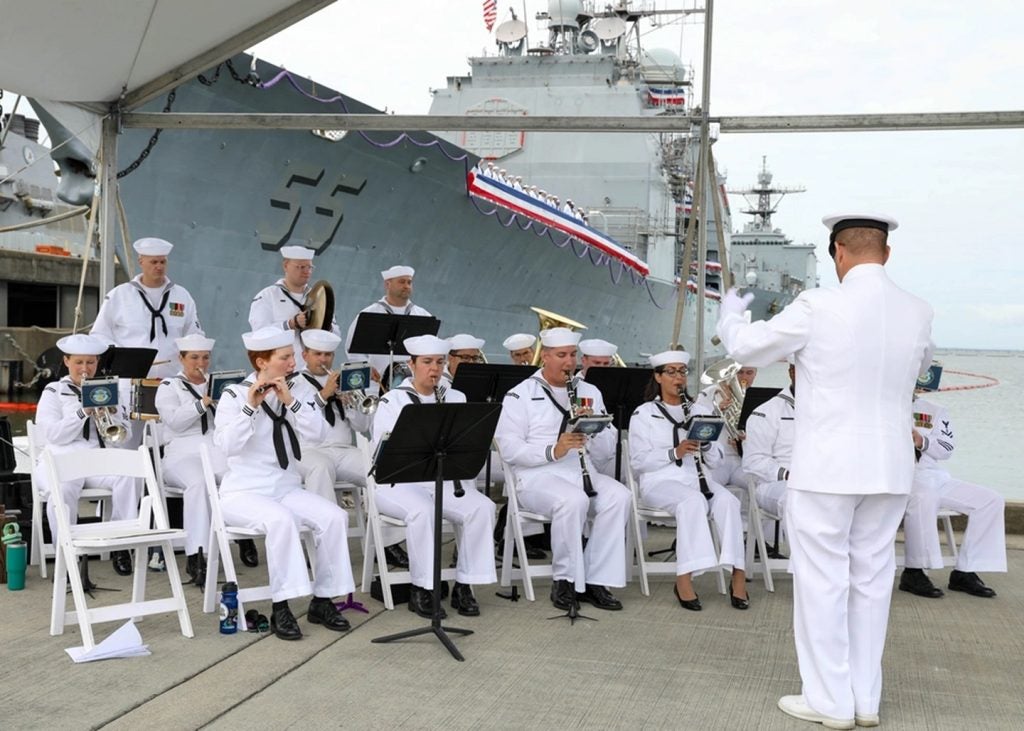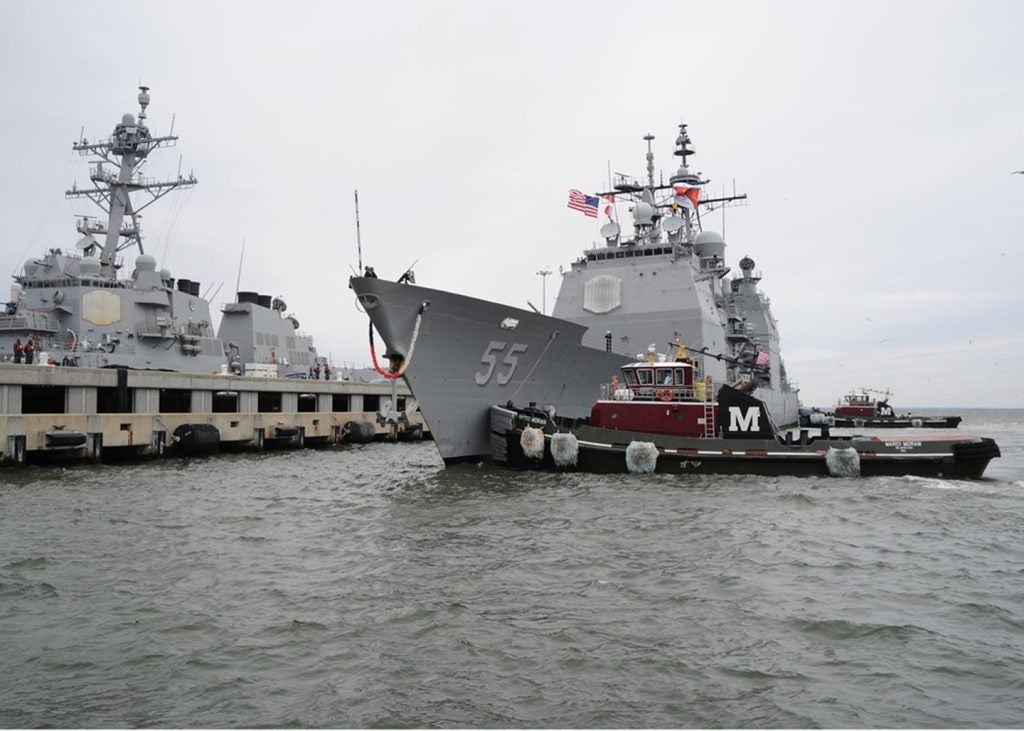The USS Leyte Gulf (CG 55), a Ticonderoga-class guided-missile cruiser, was decommissioned at Naval Station Norfolk, Virginia, US, on 20 September, marking the end of a 37-year career.
More than 500 attendees gathered to commemorate the vessel's service, including former crew members and plank owners. The ceremony highlighted the Leyte Gulf's role in air defence and its contributions to 17 global deployments.
According to GlobalData's intelligence on the US defence market, the USS Leyte Gulf is one of 21 Ticonderoga-class light combat vessels. The US Navy acquired them from HII Newport News Shipbuilding and Bath Iron Works between 1983 and 1994.
Honouring the past, looking to the future
The decommissioning of the USS Leyte Gulf marks the conclusion of a storied naval career and the transition of the US Navy's fleet toward next-generation capabilities.
GlobalData's "US Defense Market 2023-2028" report highlights that the DDG (X) programme, at least in its initial stages, calls for a plan to replace 22 Ticonderoga-class destroyers.
Built in 1987 at Ingalls Shipbuilding in Mississippi and commissioned in Florida, the warship became integral to US national defence, serving on the front lines in operations from the Mediterranean to the South Atlantic.
Vice Adm. Eugene Black III, former commanding officer of Leyte Gulf, delivered the keynote address at the ceremony. "What a great opportunity to celebrate the Sailors who brought this ship to life," Black remarked.

Commander Brian M. Harrington, the 23rd and final commanding officer, reflected on leading the cruiser through its final chapter. "It's been an honour to lead America's Battle Cruiser and her crew through the final chapter," Harrington said. "This crew accomplished the mission with professionalism and dedication that honours all Leyte Gulf sailors past and present."
A career in national defence
Since its maiden deployment in 1988, the USS Leyte Gulf has been involved in US naval air defence operations, from conflict zones in the Middle East to humanitarian missions. The cruiser's name commemorates the Battle of Leyte Gulf, the largest naval battle in history.
Known for its Aegis combat system and capability to launch guided missiles, the Leyte Gulf played a role in anti-aircraft warfare. As the Navy transitions to newer platforms like the Arleigh Burke-class destroyers and upcoming frigate designs, decommissioning vessels like the Leyte Gulf signals a shift in focus toward more agile and technologically advanced systems.
Following its decommissioning, the USS Leyte Gulf will be towed to Philadelphia's Navy's Inactive Ships facility. There, it will enter a Logistic Support Asset status, marking the end of its active service but ensuring it remains a resource for parts and potential future needs.









